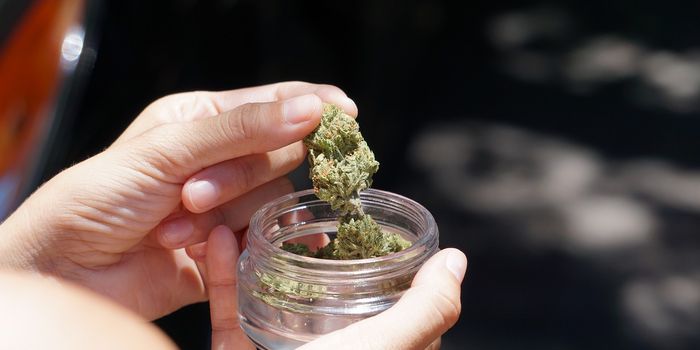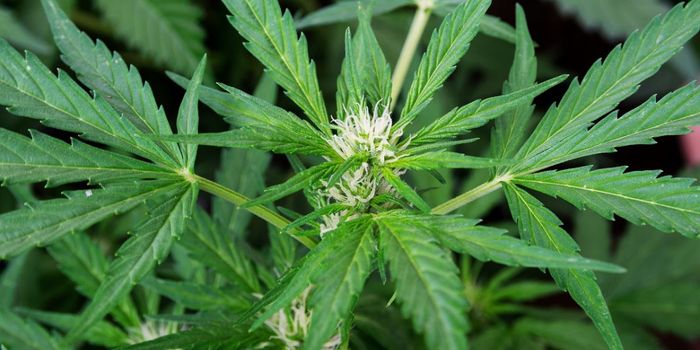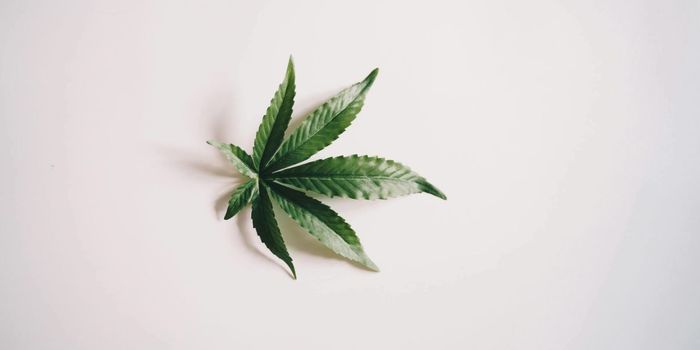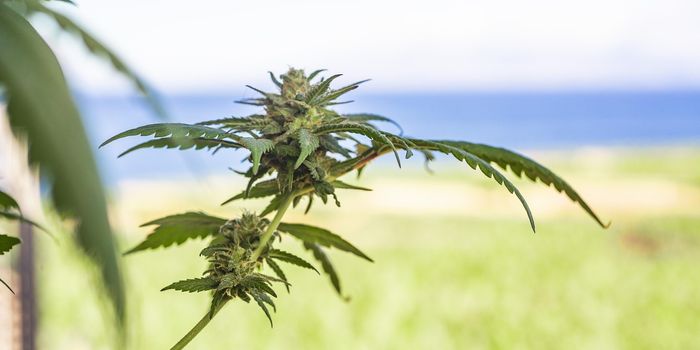Edibles, Vaping, and Dabbing on the Rise Among U.S. Adults
How does the average U.S. adult consume marijuana? This is what a recent report published by the Centers for Disease Control and Prevention (CDC) hopes to address as a team of CDC researchers investigated the range of cannabis products that are used by U.S. adults and which products are used more than others. This report has the potential to help scientists, legislators, and the public better understand cannabis use throughout the United States and develop educational and preventive measures for its use.
The report states, “As the availability and types of cannabis products expand, less is known about how persons consume cannabis. Historically, cannabis has most often been smoked; however, additional routes of use are available, including oral ingestion, vaping, and more recently, dabbing (i.e., inhalation of highly concentrated THC-based oils often heated using a blowtorch).”
For the study, the researchers conducted a survey of 138,625 participants to identify how both the frequency and method of cannabis use and broken up into several age groups. In the end, they found that 14,044 (15.3%) used cannabis with 6,848 (7.9%) using it daily. They found that 79.4% smoked cannabis while eating, vaping, and dabbing comprised 41.6%, 30.3%, and 14.6%, respectively. Additionally, 29.3% of non-Hispanic American Indian or Alaska Native (AI/AN) individuals were found to participate in dabbing, along with 23% of individuals without a high school diploma.
The report notes, “Vaping and dabbing were most common among young adults aged 18–24 years. Trends in both of these routes of use have increased among adolescents and young adults. This shift in routes of use among younger persons could lead to exposure to higher concentrations of THC at an age when brain development is still occurring, and thus increase the risk for cannabis use disorder, injuries, or acute psychosis.”
This study comes as legalization of cannabis continues to increase across the United States, with almost two dozen states having fully legalized cannabis use, approximately a dozen states that legalized medical cannabis use, and four have cannabis being entirely illegal. Therefore, this report helps contribute to the growing body of knowledge regarding cannabis use and its risks, potentially enabling states to educate their respective populations and expand cannabis legality.
What new reports about adult cannabis use in the U.S. will researchers make in the coming years and decades? Only time will tell, and this is why we science!
As always, keep doing science & keep looking up!
Sources: Centers for Disease Control and Prevention, Marijuana Moment, DISA Global Solutions








